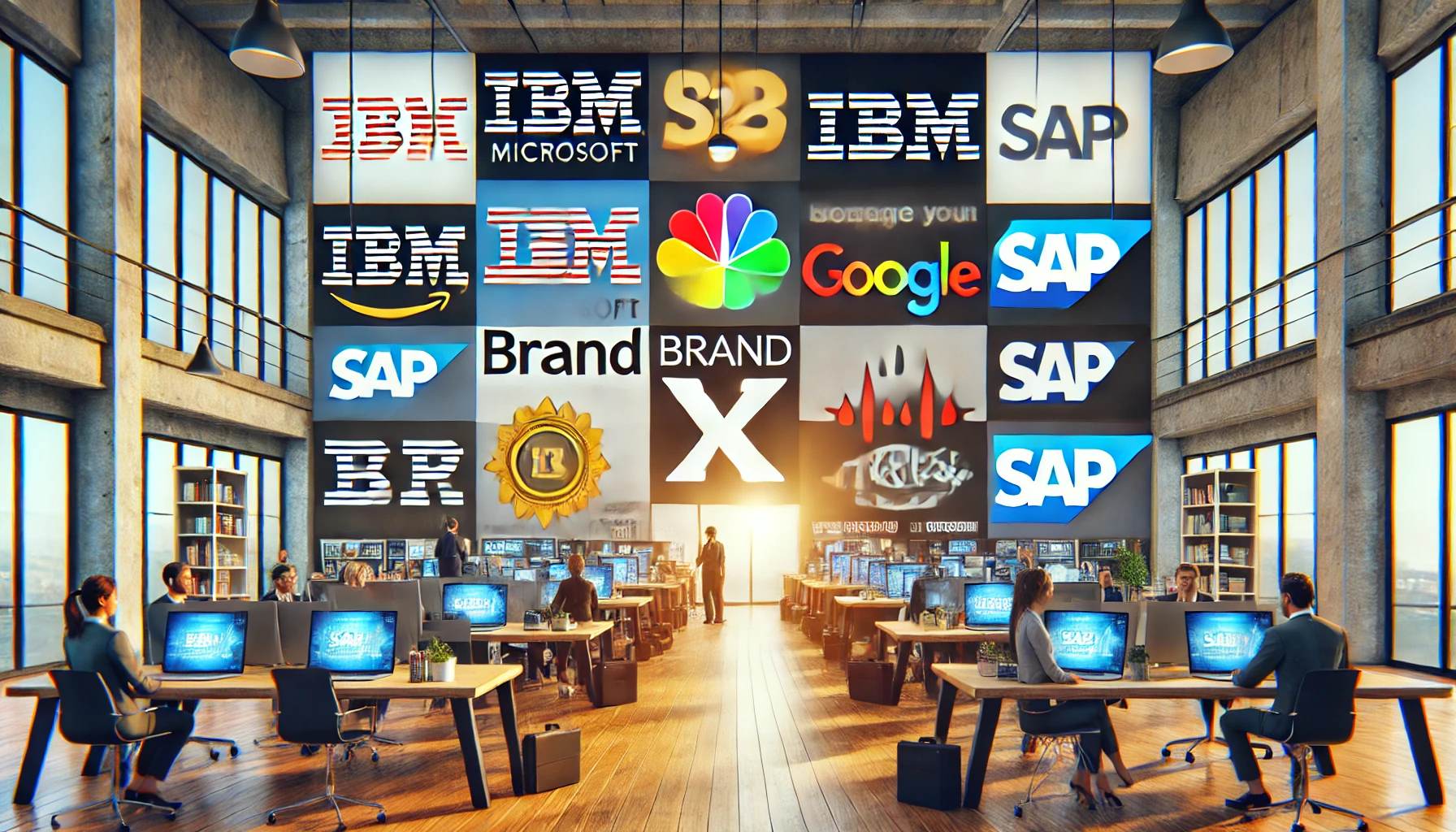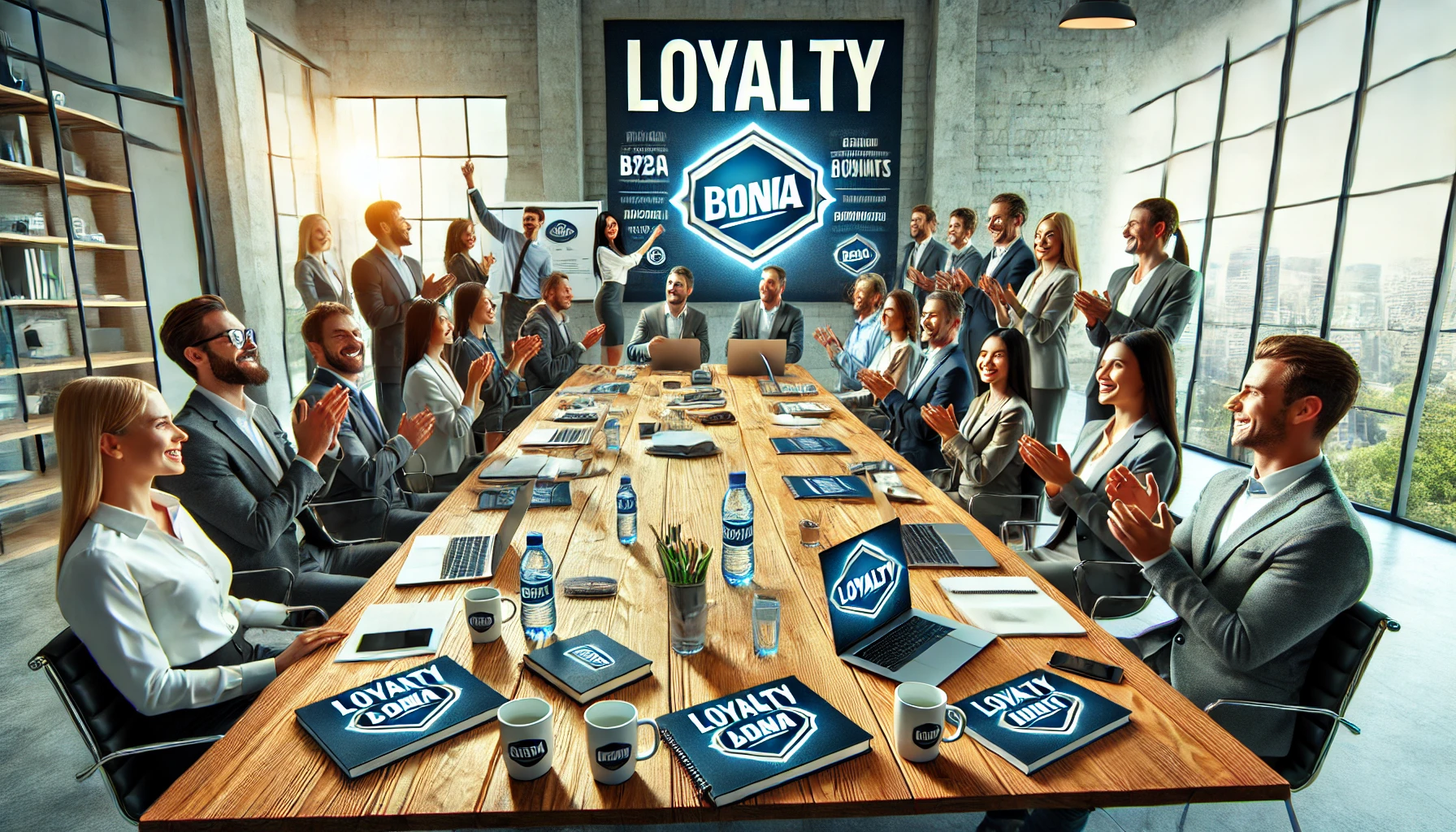
Is Brand Loyalty Dying in the B2B Space?
Brand loyalty is not fading away. In fact, it grew by 20% from 2019 to 2020 in 85 leading categories. This shows that loyalty in the B2B world is changing, not disappearing. With 62,474 consumers surveyed, it's clear that loyalty is evolving, not declining.
Brands like Netflix and Spotify saw big loyalty increases. This shows that even with more competition, the right strategies can keep customers loyal. The B2B market is always changing, and what customers want is getting more complex. Brands must do more to keep customers coming back.
It's key for B2B companies to keep up with these changes. They need to make their loyalty programs better to meet what customers want. As competition gets fiercer, it's not just about winning over customers for now. It's about building lasting loyalty to your brand.
Key Takeaways
- Brand loyalty increased by 20% across 85 B2C, B2B, and D2C categories from 2019 to 2020.
- Loyalty in B2B sectors is evolving rather than declining, as highlighted by numerous surveyed consumers.
- Brands like Netflix and Spotify have shown significant annual growth in loyalty, providing a model for B2B sectors.
- Businesses must exceed the increasingly intricate expectations of customers to maintain loyalty.
- Adapting and innovating loyalty programs is crucial to align with evolving marketplace dynamics.
The Evolution of Brand Loyalty in the Digital Age
The digital age has changed how we think about brand loyalty. The Customer Loyalty Engagement Index shows a move from simple traits to deeper, emotional ties. Brands like Netflix and Google have grown their loyalty by focusing on user experience and online interaction.
Now, digital changes have brought a new way of building loyalty, where customers quickly share their views online. This change makes it key to understand how customers feel through various online interactions. Brands that manage their reputation well gain trust, which helps keep customers loyal. Using social media and content from users is crucial in this new era.
Personalized products make customers more likely to come back and recommend a brand. In fact, 83% of customers like it when brands tailor experiences to them. This focus on personal touches has made B2B digital strategies better at keeping customers.
Loyalty programs and fun elements like gamification are also helping to keep customers around. With 46% of businesses adding new perks to these programs, it shows how important they are. Also, making customer experiences smooth and easy is key. 57% of businesses are working on this to keep customers loyal.
Being open and honest with customers is vital today. Brands that act ethically and talk openly build trust, which is key for loyalty. 62% of consumers stick with brands for a long time because of real connections. To compete online, brands must keep improving their strategies. Using tools like social listening to see what customers think is important. With 65% of companies using AI and machine learning to better understand loyalty, the focus on smart digital strategies is clear.
In conclusion, brand loyalty today is all about using technology and giving customers what they want. As brands adapt, focusing on digital and putting customers first will be key to loyalty and engagement.
Factors Contributing to the Perceived Decline of Brand Loyalty
Recent studies show big changes in how people act, affecting brand loyalty. Happy customers often don't always buy the same brand for things like cars or TVs. This change has been happening for ten to twenty years, says Kapferer. Versatile consumer behavior is now more common.
Researchers, including psychologists, study why people are changing. They look into the reasons behind this shift. Gen-Y and Gen-Z want quick results and good deals more than brand loyalty. This makes brands change their ways to keep up with these changes. Brands must keep innovating to stay relevant.
Market changes and new tech make it tough for old-school retailers. Experts say brands need to offer either low-cost, easy solutions or deeply personal experiences. Amazon and Walmart are great at being convenient. Others focus on building strong emotional bonds with customers.
This competition makes brands push harder to stand out in their areas.
Marketing experts talk about two types of loyalty: emotional and self-interest based. Brands use loyalty cards and programs to keep customers coming back. They offer rewards to encourage repeat purchases. Also, words like 'loyalty' have different meanings in different languages, affecting how people see it.
B2B customers are changing fast, influenced by how consumers act. Businesses need to offer custom solutions to keep their clients loyal. Here's a table that lists the main reasons for the decline in brand loyalty:
|
Factor |
Description |
|
Poor Quality or Service |
Bad products, delays, or ignoring customers makes them switch brands. |
|
Inadequate Differentiation or Innovation |
Not being unique or meeting customer needs leads to switching brands. |
|
Lack of Engagement |
Brands that don't connect or thank customers can lose their trust. |
|
Unethical Practices |
Being involved in wrongdoings can hurt customer respect and loyalty. |
|
Increased Competition |
Better products or deals from others can draw customers away. |
These factors show the need for brands to keep changing and adapting. To learn more about these changes, check out cultural shifts linked to declining brand loyalty. Brands must stay alert and adjust to keep their customers.
Current Trends in B2B Brand Loyalty

In the B2B world, loyalty trends show a split between scalable solutions and personalized services. SaaS companies are making things easier for users, making middlemen less needed. This pushes businesses to give direct value to customers. Those who build strong customer relationships or offer unique experiences are winning.
Businesses are moving towards either basic solutions or unique offerings. In the hotel industry, Airbnb offers affordable stays, while luxury resorts focus on top-notch experiences. This shows how being in the middle can lead to being average, losing out in the market.
B2B loyalty programs are changing with features like tiered rewards and special offers. These programs are different from those for consumers, focusing on long-term partnerships. Making experiences personal is key, as 80% of people prefer businesses that do this, according to Deloitte.
Measuring B2B loyalty program success uses KPIs like Net Promoter Score and Return on Investment. These metrics help make the programs better and ensure they last. For more details, see the full article on B2B loyalty programs on Userpilot.
B2B loyalty programs are now using gamification to get people more involved. Things like points and leaderboards encourage people to take part. The Salesforce Partner Program and HubSpot’s Partner Program are great examples.
Successful loyalty programs come from clear goals, knowing your audience, and choosing the right type of program. Adding live chat and in-app help strengthens relationships. For the latest on loyalty programs, check out LoyaltyXpert.
Antavo’s Global Customer Loyalty Report 2023 says more businesses will focus on partner rewards soon. This shows B2B companies are aiming for personalized services to keep customers. Only 10% of B2B businesses mainly focus on keeping current customers, says Gartner. This is a big chance for businesses to use these B2B brand loyalty trends.
Strategies for Maintaining Brand Loyalty in B2B
Keeping B2B loyalty strong in today's market needs a smart and detailed plan. It's not just about points or rewards. It's about managing relationships and making a deep emotional connection with your brand. Sadly, 80% of B2B buyers switch suppliers often because their needs change and their current vendors don't keep up. To fight this, focusing on keeping customers can increase your profits by 25-95%.
Creating strong bonds with customers through unique experiences is crucial. A huge 73% of B2B buyers want to feel understood with personalized interactions. Companies that offer these personalized touches see big benefits. Loyalty program members often buy more frequently, which means more money for you. In fact, companies with loyalty programs can see a 5-20% jump in yearly revenue.
Listening to what customers say is also key. Most customers think companies should make changes based on what buyers tell them. This feedback can help improve products and services to better meet customer needs. Plus, offering special deals and various payment options makes things easier and more appealing for customers. Since loyal B2B customers spend 67% more, focusing on personal marketing and messages is vital for keeping your brand strong and successful over time.
